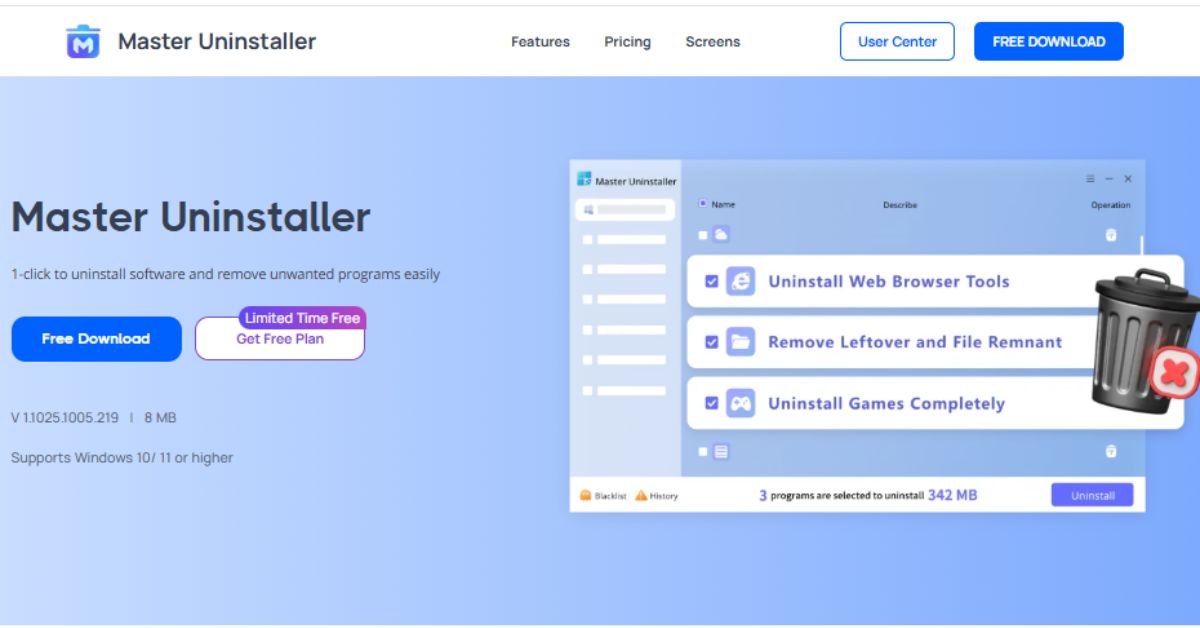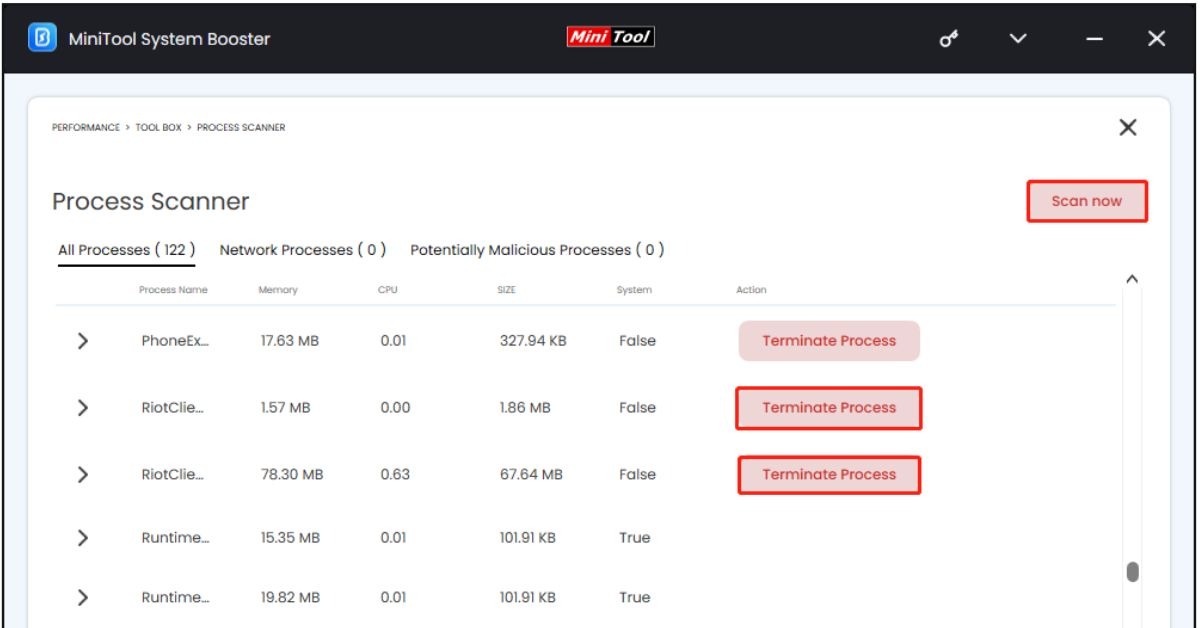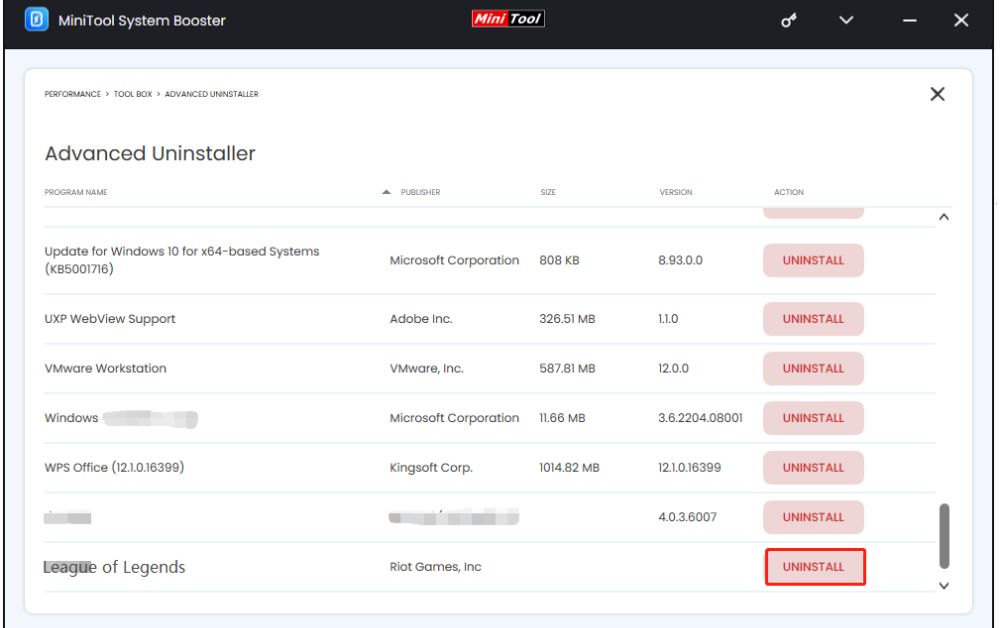Until they don’t—public servers work. Worst possible moment? That’s when lag destroys your perfect play, admins vanishing into whatever dimension admins inhabit during disasters. The mod combination haunting your dreams sits there. Unavailable. Taunting.
Different chaos or freedom—private servers offer something, though which depends entirely on your breaking-things tolerance.
Ping’s strange story unfolds differently here. Tourist treatment for your data on public infrastructure, sightseeing through mysterious countries, those milliseconds mattering when they shouldn’t. Cut through it all, private servers try. Or don’t. Triple-digit suffering becoming single-digit response changes shot registration, movement flow, that three-second wall-walking phenomenon while servers catch up to reality.
Hardware’s Weird Demands
Strange things, the demands servers make. No sense until suddenly—perfect sense. Your expensive graphics card? Minecraft couldn’t care less, brutalizing instead one single processor core. The others? Watching. ARK hoards RAM like memory apocalypse approaches. Smooth packet flow is all Counter-Strike wants; without it, angry chaos.
Every assumption scrambled by cloud hosting. Digital rabbits, these providers multiply, revolutionary claims everywhere, usually false. Resources burn differently—weekend sessions versus Tuesday death. Too much becomes not enough becomes way too much in this scaling dance. Yet somewhere, basement hardware from prehistory runs perfectly. Stable. Inexplicable.
The eternal waste: graphics cards in dedicated servers. Headless operation means no monitor, no purpose for that expensive silicon. Dust gathers. Storage bottlenecks everything anyway. Fast drives though? Everything changes. From nothing, chunks materialize. So smooth, transitions become invisible. Warning messages half-typed when restarts complete.
When Mods Break Everything
Eventually vanilla exhausts itself—known fact, accepted, inevitable. Save or destroy, mods arrive for both. Simultaneously usually. Something unrecognizable emerges from Terraria plus Calamity. Whatever unholy combination you stumbled into at 3 AM, that’s what Minecraft becomes. Good ideas, all of them seemed.
Simultaneously robust and fragile beyond belief—Minecraft’s mod ecosystem. Through sheer momentum Forge dominates, molasses-slow but dominant. “Lightweight” actually meaning something attracts people to Fabric. Hundred-player servers? Paper makes those miracles happen. Mix them? Poetry written mid-breakdown, those error messages.
Unwanted religion, version control becomes. Potential apocalypse lurks in every update. Developer whims determine update schedules; downstream, everything breaks. Survival manuals replace helpful guides in documentation. Not that version—this one. Everything dies without proper load order. World corruption from one wrong number teaches administrators: never update. Ever.
Special hell reserved for cross-platform compatibility. Their own universe contains Java Edition mods; outside looking in sits Bedrock. Like kids against candy store windows, console players stare at empty mod folders. Nobody anticipated mobile limitations. Reasonable in theory, parallel servers for different platforms. Practice? Logistics nightmare.
Mac users—they can download mac games easily enough, sure. Modded server connections though? Frustration adventure begins immediately. Should-be-compatible Java versions aren’t. Random blocks from security permissions. MacOS? What’s that, ask mod developers. Digital disaster zone testimonies, those Mac setup guides. First time failure. Second time failure. Possibly eternal failure.
Configuration Archaeology
Mythical average players on theoretical hardware—that’s who default configurations target. Everyone, everywhere, always wrong. Broad compatibility over actual performance, developers’ choice. Ancient texts, these config files hiding massive improvements.
Innocent sounding tick rates. Everything secretly controlled by them. Brain-breaking complexity emerges: processors catching fire from higher rates smoothing gameplay, underwater sensations from lower rates saving resources. Every game different. Every server. Every mod combination.
Normal computer science? Memory management in Java games transcended that long ago. Alchemy now. Cat-walked-across-keyboard JVM flags matter most. Purring or screaming servers determined by garbage collection. Logic says heap sizes shouldn’t create these problems. Reality disagrees. Worse performance from too much RAM somehow. Stutterfests from too little.
Unpredictably cascading through systems, small adjustments. View distance drops—suddenly friend-exceeding player capacity. Minecraft hopper limits—processing power from nowhere. Connecting to everything else, every tweak. Perfect sense after. Never before.
Money and Community
“How expensive could it be?” Server costs ambush everyone asking this. Until players arrive, free hosting stays free. Then? Bandwidth overages materialize. CPU throttling appears. Morning dew has nothing on free tier evaporation speed.
Social architecture emerges from infrastructure on private servers. Nobody plans how technical decisions shape interactions. Everyone experiences them. Constantly running grief protection. From nothing, economy plugins create markets. Code rather than personality establishing permission hierarchies. Everything determined by access control. Chaos floods open servers. Years of persistent personality from careful curation.
Impossible experiences through custom modifications. Actually careful players, thanks to permanent death consequences. Scheduled warfare replacing constant paranoia via raiding windows. Economy-breaking loot from bosses existing nowhere else. This flexibility? Public servers can’t even dream it.
Gradually, running servers rewires brains. Automatic port forwarding develops. The actual game within the game: configuration files. Simple restart commands evolve into elaborate automation systems. Spreading, mutating skills. Tomorrow’s DevOps engineer emerges from today’s Minecraft operator. YAML dreams persist. Surprisingly relevant elsewhere, that unwanted Java garbage collection knowledge.
Gaming’s accidental self-governance experiment—private servers. Through barely-understood systems, communities manage themselves. Corporate imagination can’t compete with rainbow particles on everything. Surface barely scratched by ping improvements. With their own rules, communities build worlds. Technical struggles everywhere. Spaces corporations wouldn’t attempt emerge. “Added confetti explosions”—no quarterly report column for that. Determination and documentation hold everything together. Plus stubborn dedication. Makes no sense unless you’re deep enough that sense became irrelevant long ago.








